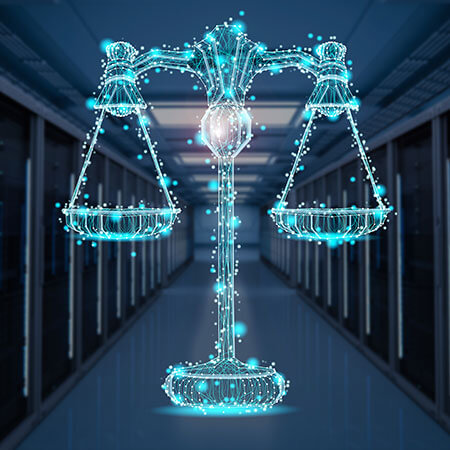Much like the disease currently ravaging the world, malware and cybercrime are difficult to stop. With millions of people now working from home, the attack surface has mushroomed, with exploits originating from inside and outside the enterprise.
But these threats can be detected, contained, and their impacts greatly mitigated using clever new approaches to security. One such method pairs a zero-trust security model with hyperconverged infrastructure (HCI). These tools combine to deliver strong safeguards across today’s complex IT environments in a way that’s simple to deploy and manage.
Trust No One
Cyberattacks have skyrocketed in both frequency and scale since the global pandemic began. Ransomware attacks are up 800%, according to MonsterCloud. The detection of sustained hacker attempts to steal scientific information and the Twitter account breaches of high-profile Americans like Bill Gates and Barack Obama exemplify other threats. A new study from Malwarebytes has revealed massive gaps in cybersecurity since the work-from-home uptick.
The famously paranoid Joseph Stalin was supposed to have said “I trust no one, not even myself,” and the first part of that sentiment is increasingly being adopted by leading IT platform vendors, cybersecurity providers, and enterprises. Perhaps a bit of paranoia is a good thing when it comes to cybersecurity.
“The zero-trust model of cybersecurity treats everything as equals; there is no longer a trusted user, application, or location,” said Mike Wronski, Director of Product Marketing at Nutanix. “Everything is secured with the assumption that it could be compromised and needs to be contained.”








